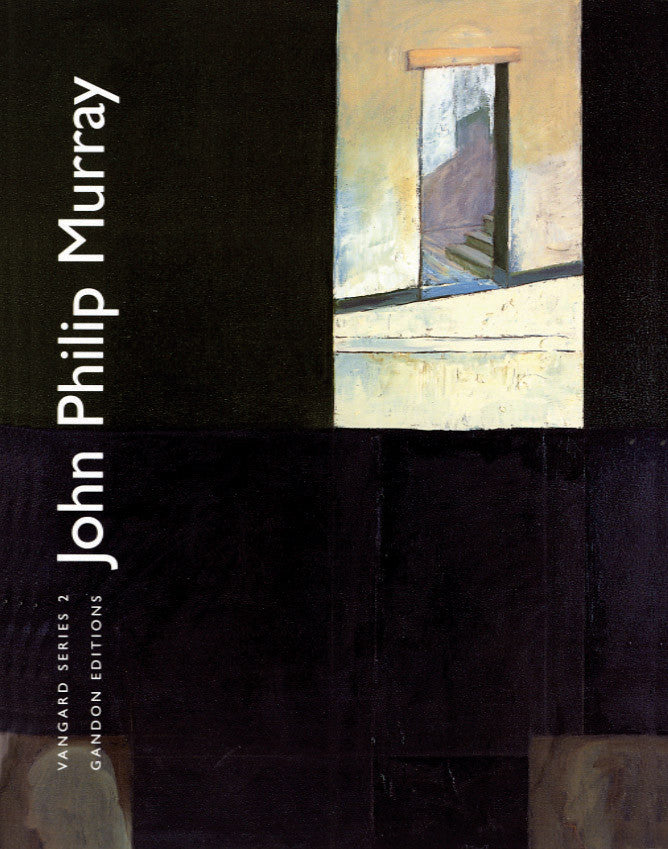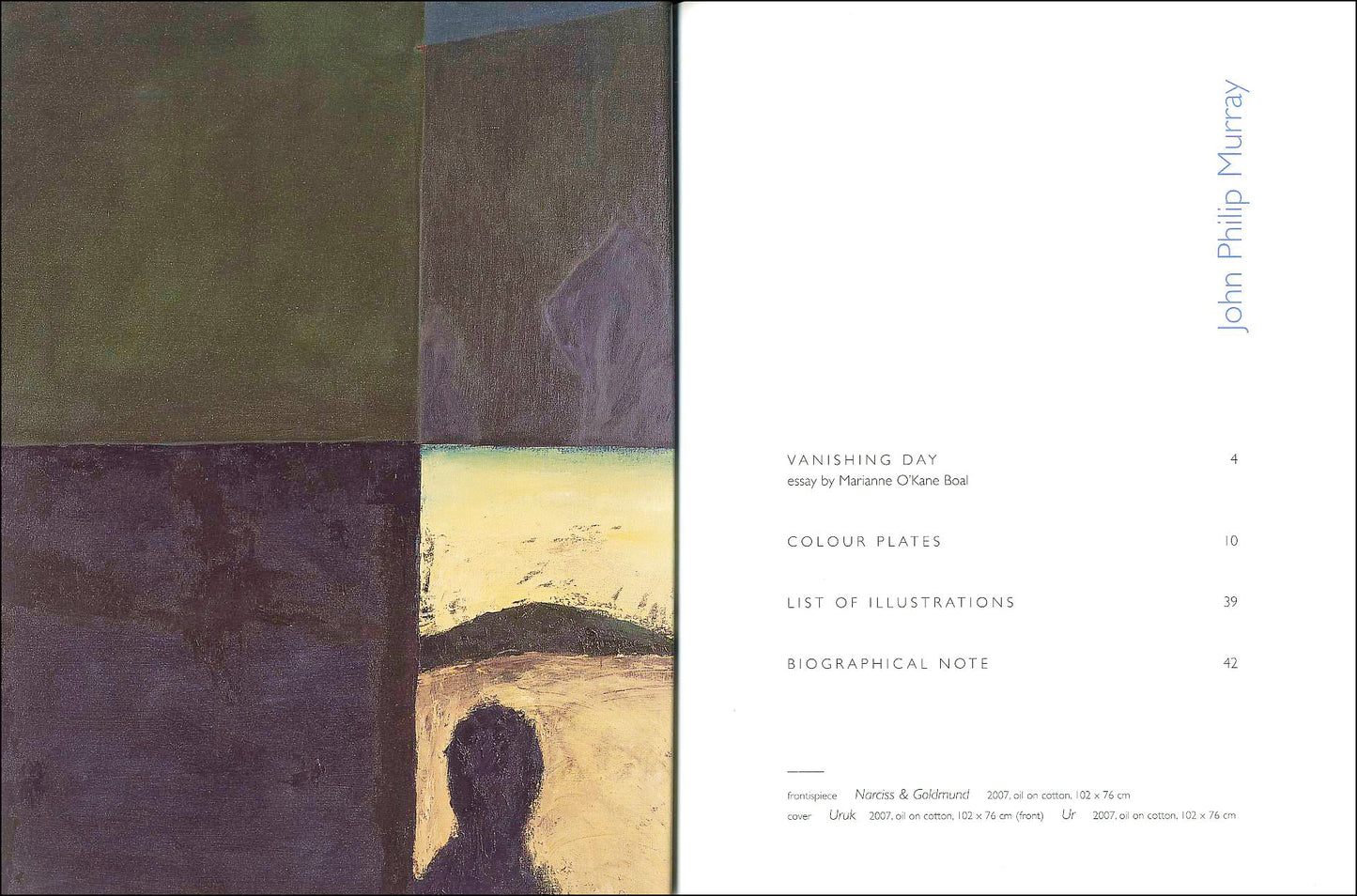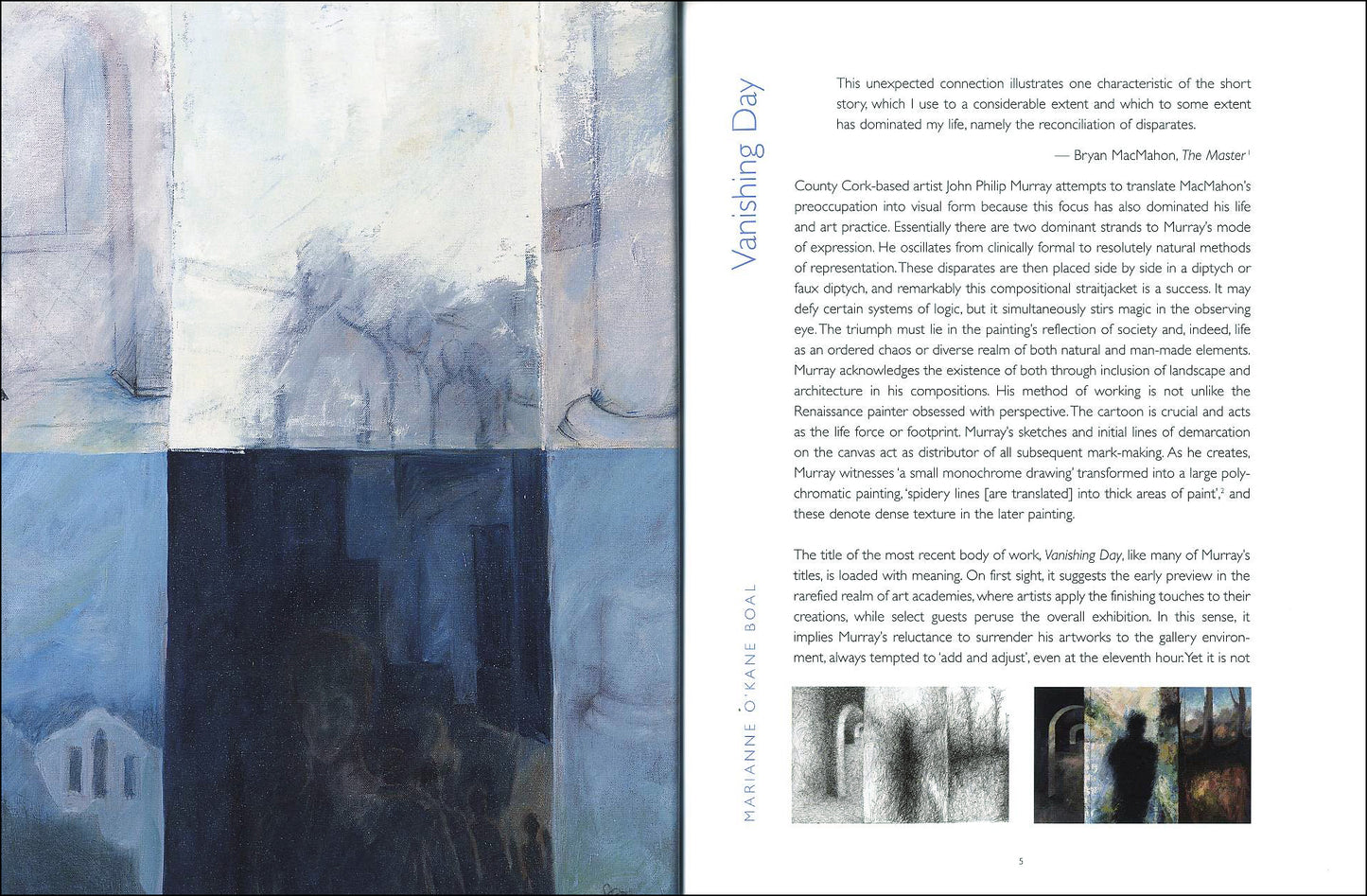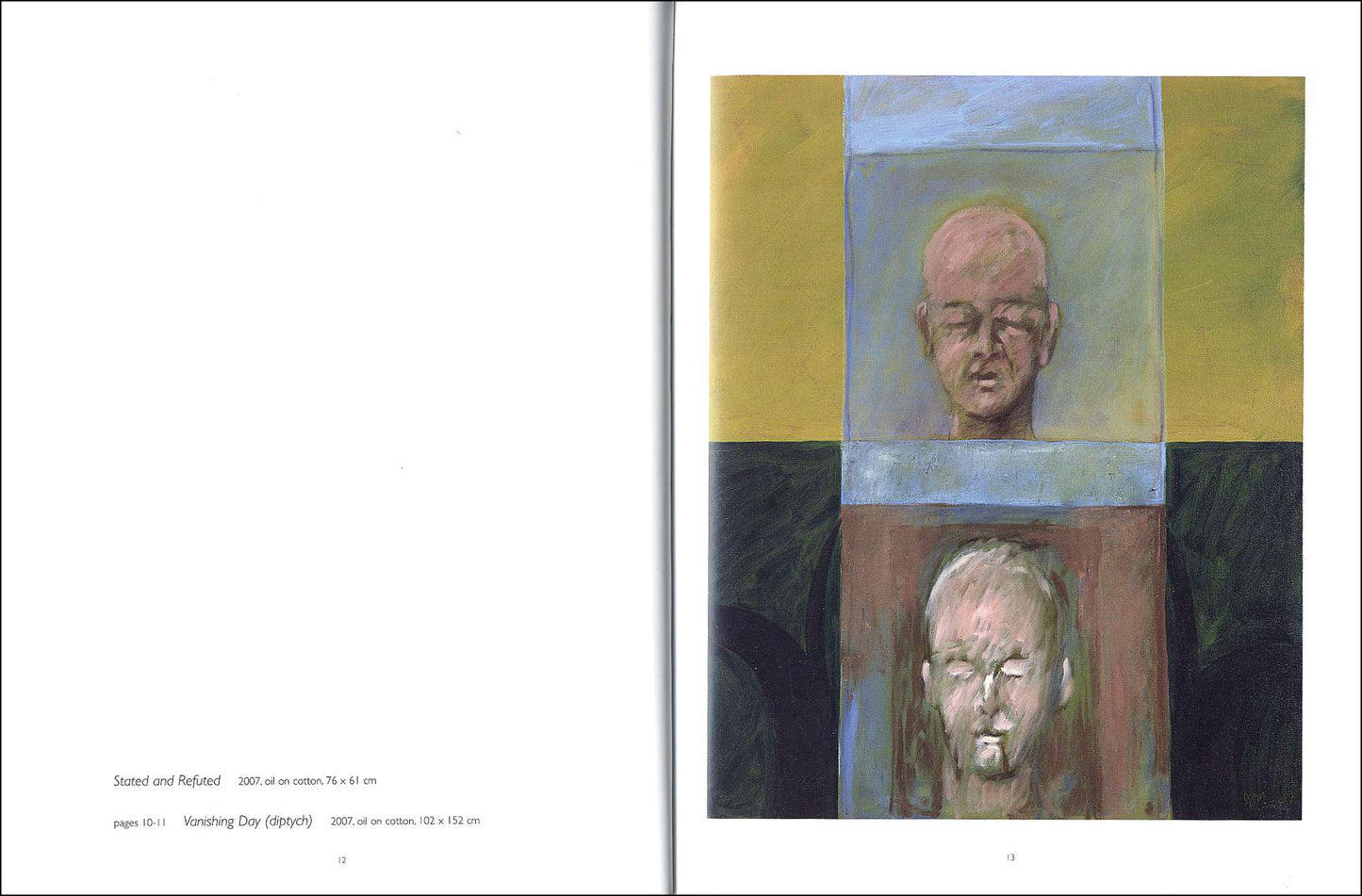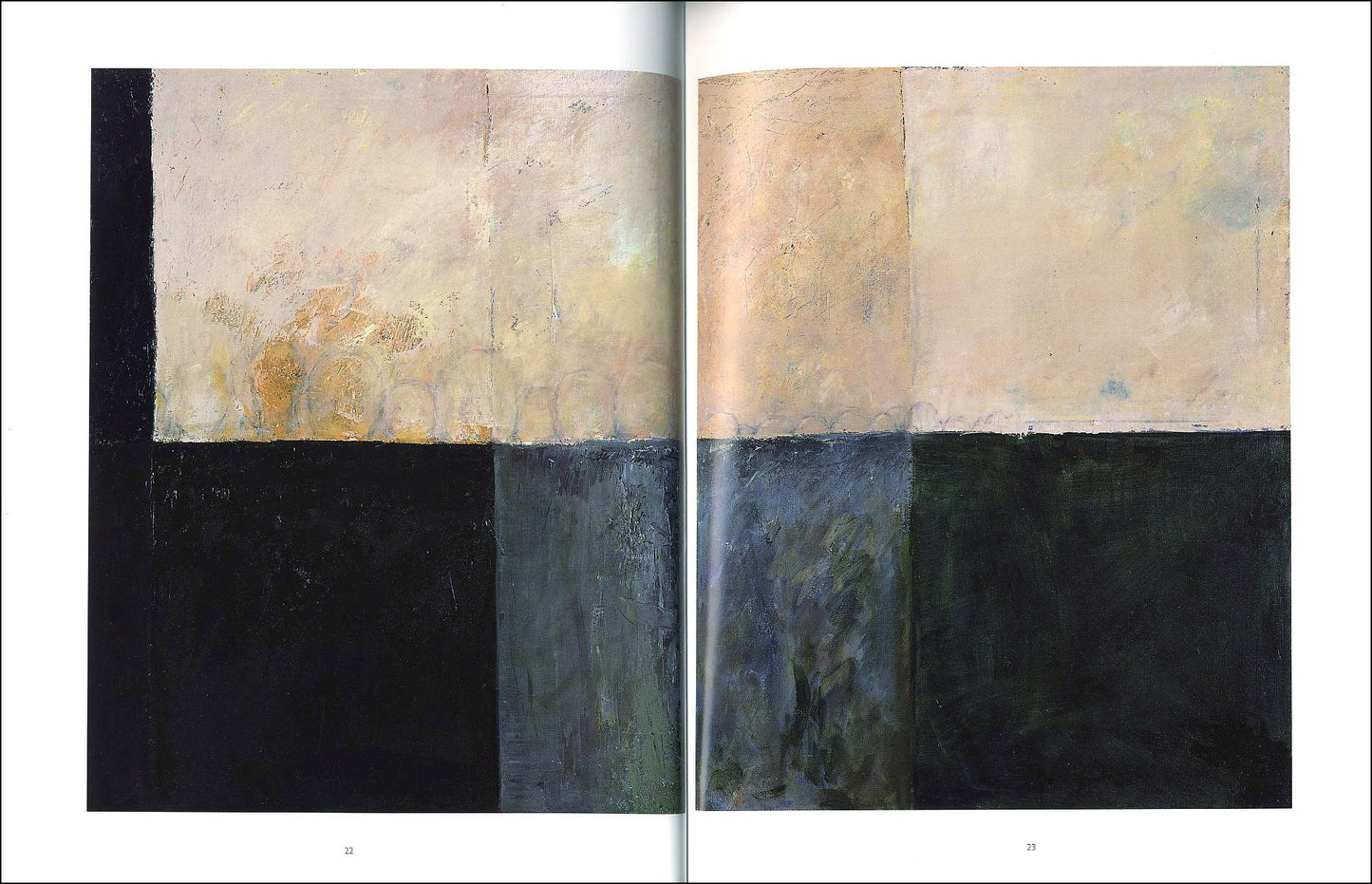Gandon
Vangard °2 – JOHN PHILIP MURRAY
Vangard °2 – JOHN PHILIP MURRAY
Couldn't load pickup availability
Share
essay by Marianne O’Kane Boal
ISBN 978 0948037 498 48 pages (paperback) 22x17cm 29 illus
This book documents John Philip Murray’s 2007 exhibition at the Vangard Gallery, Cork. In this collection of paintings, Murray oscillates from clinically formal to resolutely natural methods of representation. These disparates are placed side by side in a diptych or faux diptych, and remarkably this compositional straitjacket is a success. It may defy certain systems of logic, but it simultaneously stirs magic in the observing eye. The triumph must lie in the painting’s reflection of society and of life as an ordered chaos or diverse realm of both natural and man-made elements. Murray acknowledges the existence of both through inclusion of landscape and architecture in his compositions.
EXTRACT
"Essentially there are two dominant strands to Murray’s mode of expression. He oscillates from clinically formal to resolutely natural methods of representation. These disparates are then placed side by side in a diptych or faux diptych, and remarkably this compositional straitjacket is a success. It may defy certain systems of logic, but it simultaneously stirs magic in the observing eye. The triumph must lie in the painting’s reflection of society and, indeed, life as an ordered chaos or diverse realm of both natural and man-made elements. Murray acknowledges the existence of both through inclusion of landscape and architecture in his compositions. His method of working is not unlike the Renaissance painter obsessed with perspective. The cartoon is crucial and acts as the life force or footprint. Murray’s sketches and initial lines of demarcation on the canvas act as distributor of all subsequent mark-making. As he creates, Murray witnesses ‘a small monochrome drawing’ transformed into a large polychromatic painting, ‘spidery lines [are translated] into thick areas of paint’, and these denote dense texture in the later painting."
— from the essay by Marianne O’Kane Boal
|
CONTENTS Vanishing Day essay by Marianne O’Kane Boal 4 |
